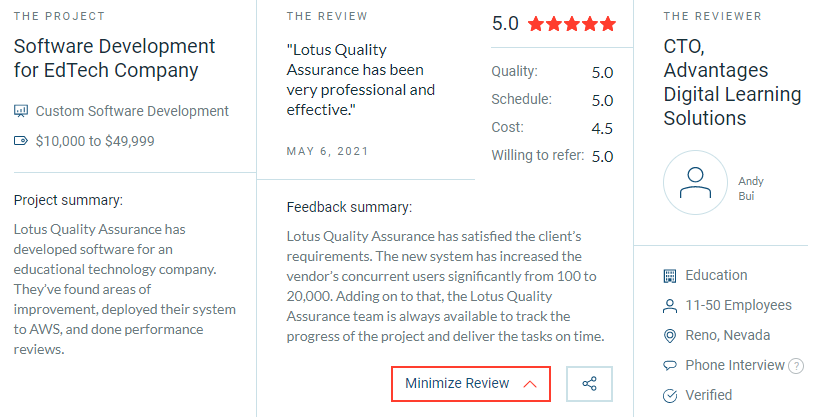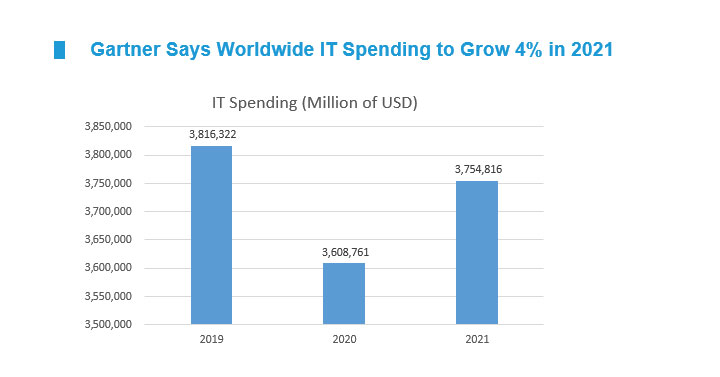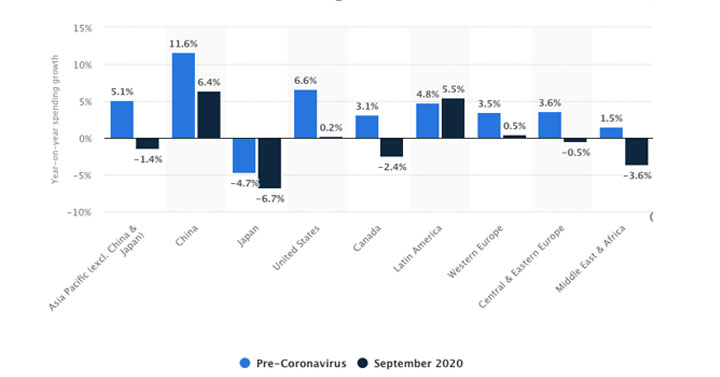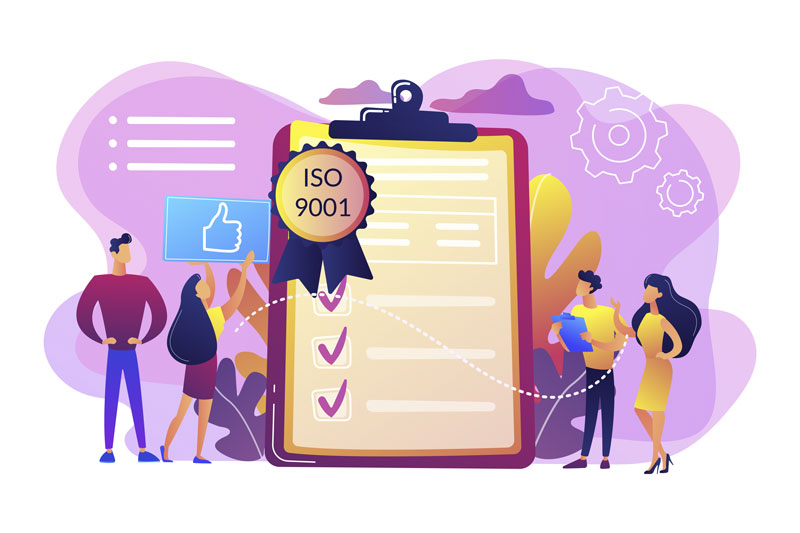Ultimate Guide for Managing IT Outsourcing Projects
IT Outsourcing is the way to go for many projects and many companies worldwide. As the information technology industry progresses and thrives, the fostering of digital transformation is on the rise, even for companies that have no strategic core of technology development.
Whether it is an enterprise or a startup, IT Outsourcing can be the tactical approach for prospects and enhancement, not to mention the cost-barrier to be lowered when implementing this.
However, as if managing complex technology projects wasn’t difficult enough, IT outsourcing can be a loose screw in your overall IT operations if the management methods go off the rails.
In fact, it can create numerous stresses that you have never experienced, causing malfunctions and underperformance when using an external team.
Interesting enough, it is normally the lack of communication, strategic analysis and management skills that derail the project, not the technical competence of the IT Outsourcing providers. Indeed, the most important and primary aspect in managing outsourced projects lies within how to meld diverse organizations into a cohesive unit. To do this, you might want to follow these 9 strategic guides for a cost-effective and cohesive operation when working with IT Outsourcing companies.
Identify what to outsource
The picture of outsourcing is not as simple as you might think. In fact, the adoption and implementation of hiring someone outside of your organization require a thorough examination and assessment of what to outsource to ensure minimal cost and strict security.
What should always be kept in your mind is the ultimate goal of outsourcing, which is the cost to be reduced. The question here is, which operations and systems can be outsourced without damaging the business’s operations and core strategic services.

Identify what to Outsource
To do this, you should divide your operation into 2, one of which is a commodity system and the other is a strategic system. By stating the “commodity”, we meant the activities that keep you running but do not necessarily differentiate you from other competitors in the market.
By dividing your business activities accordingly, you can have a clearer look at which activities can be outsourced to a supplier with a reasonable price and which cannot be entrusted to outsiders.
Choose your supplier
One special feature of IT outsourcing is the length of the contract. Normally, the outsourcing contract in other sectors could last for years, while in the IT industry, the average contract duration is 2 years.
The reason for such a short contract time is the unprecedented and unpredictable changes in the industry, not to mention the ever-growing amount of new approaches and technologies. Many companies might want to change the terms and requirements in the contract to adapt to new features of the industry, and this is inevitable.
When choosing your supplier, another thing to take into serious consideration is to minimize the power of suppliers by soliciting separate bids for each service. By doing this, you have already minimized the risks of complete dependence on the suppliers.
On the other hand, one should not automatically assume that a supplier would outperform their own IT department. Instead, the in-house department should be allowed to compete with the outsourcing team to institute the best practices.
To constructively choose the right IT Outsourcing supplier, your business should form a team consisting of mostly IT professionals to review the proposed bidding for each contract. Their deep technical expertise, together with a clear understanding of the company’s goal, can keep an objective eye on the service, benefiting the business operations.
Clarify your business goals
The clarification of your core value proposition and business goals does not necessarily stay at the top of your priority list, but it is a must for smoother and more effective collaboration between you and your outsourcer.
This does not entail endless and lengthy training sessions and documentation exchange. In fact, the essence of this is to share your most important features and elements of your business such as business process, business model and your people.

Clarify your business goals
Once your business goals have been clarified to the outsourcer, they will have more information to adapt and align their approach in accordance with your business goals. To achieve this, a mutual understanding between two parties can help a great deal to create more value, both for your business and the outsourcing company.
For the case of IT Outsourcing, you need paramount consideration of how to define your business and software concept. The questions of what it can do, what target audience and how efficient you want it to be have to be answered right at the beginning of the project. Being on the same page about mutual interests and values can create a strong partnership, which can be of great use in the time coming.
Make sure everyone’s working from the same playbook
Being cognitive is very much advantageous to your business when you want to adopt IT Outsourcing, but it does not simply mean the alignment in business values, business goals or anything so large-scale like that.
In fact, it is about the resonation in how to work, process, test and deliver. One way to ensure the well-designed and robust workflow of the two parties is to create a playbook that contains step-by-step instructions.
This method has long been in use in some giants of the IT industry when outsourcing. With a detailed hand-book, all information compiled can facilitate consistent application of your requirements.
With this hand-book, the majority of information is the background and the technical material that could help them in further streamlining and managing the project.
During your work of outsourcing your projects, you might encounter IT Outsourcing companies from different parts of the world, and they might not be speaking English.
Hence, besides the written documentation and requirements, preparing wireframes, annotated diagrams and other visual aids is also recommended. With your needs clearly conveyed through specific notes, the outsourcer has a higher chance of getting what you want.
Work effectively with the time-zone
Assuming that you’re working with an offshore IT Outsourcing service provider from Vietnam, while you’re in America. In this case, working in different time zones can cause much delay and inconvenience. To deal with this, you should be cognizant with the time difference, hence scheduling meetings that suit both parties.

Pay attention to the time zone
By doing this, it not only helps you save time, it also shows your concern about your partner, through which you can build a level of trust and motivation for both parties to work harder.
To make this work, you can take the following as an example. If you have partnered with an IT Outsourcing company in Vietnam, which is 11 hours ahead of the East Coast of the United States, you can send them something at the end of your business day, they can work on it while you are sleeping and have it back to you at the start of the next business day.
Build business communication
“Communication is the key.” With communication, a mutual understanding is formed with bells and whistles of the dos and don’ts in the projects.
Alongside the overall message to be delivered during the project, you also have to ensure the understanding over the project and the work required from every team member.
You have to make sure that every team member has a clearly defined workload for the day, and understands their purpose of the project. Here’s how to do this:
- Daily calls with the team or at least 2-3 times per week.
- Have a team of business analysts (BA) or a project manager (PM) to ensure that every stage of the software development goes smoothly.
- Regular but short meetings which prevent exhaustion with long discussions and get regular updates.
- Involve a tracking mechanism (aka metrics) for measuring the team’s productivity and quality.
Use project management software
On a small scale, management software may not be the most necessary. In contrast, a large-scale operation would benefit your business the most if you use a collaborative platform to manage projects.
In this platform, instead of staff keeping track of their own workflow, tasks and schedule in an unorganized manner, they can follow their work, time management, and task progress, in tune with their visualize colleagues

Use management software
In other words, this platform is like a gathering place which keeps all the records of one’s work, allowing users to accomplish more without getting distracted.
When choosing a platform for your project, you should pay attention to the built-in extension and other broadening functionalities to find the most suitable one.
For projects with sensitive security terms, some might find a customized or in-house built tool is more suitable.
Adopt software development methodologies
There are many software development methodologies that you can make use of, the most famous of which is the Agile and Scrum method. These allow the outsourcing team to work under unification and collaboration. The feature of continuous integration and continuous delivery helps boost the speed of projects’ time to market.
These also ensure flexibility, constant reiterations and close supervision upon the outsourcing team, entailing full control over the operation and activities.
Sync up regularly
To effectively speed up and ensure the work of outsourcing, agreement on the sync-up schedule and reports should be made.
It can be done on a regular daily basis, or even weekly to ensure the time frame and outcome, especially if your outsourced team is in another time zone.”
“Effective communication, especially with new or off-site employees, is key to creating a more efficient, productive and profitable project,” says Handy. “Whether you are using Google Chat or Slack, keeping all project communication in one central location will increase accountability and allow all team members to communicate in real time.”
Operating an IT Outsourcing project in tune with your business culture that can ensure efficiency and productivity is tricky. With strategic approaches and detailed checklists of the dos and don’ts, you can easily lower the cost-barrier with IT Outsourcing providers.
Don’t want to bother yourself with the trivial problems of IT Outsourcing? Contact LQA now for standard and scrupulous IT Outsourcing services.
- Website: https://www.lotus-qa.com/
- Tel: (+84) 24-6660-7474
- Fanpage: https://www.facebook.com/LotusQualityAssurance


















